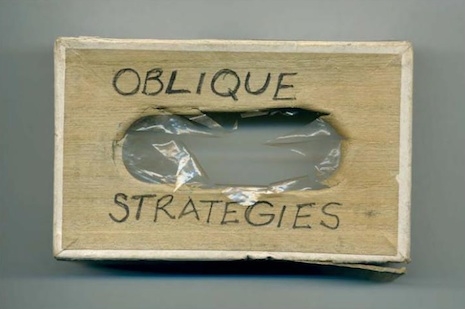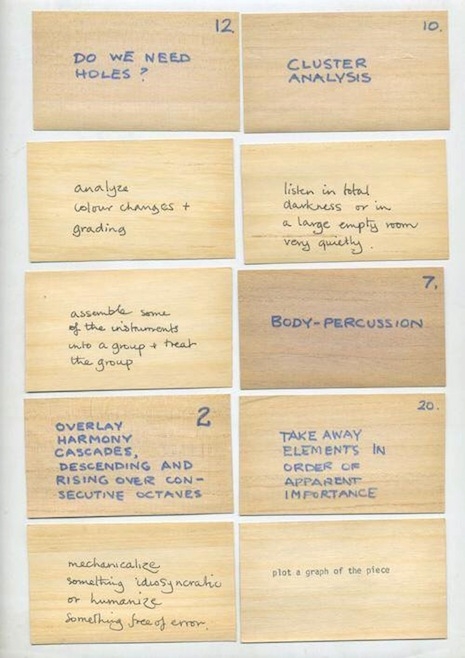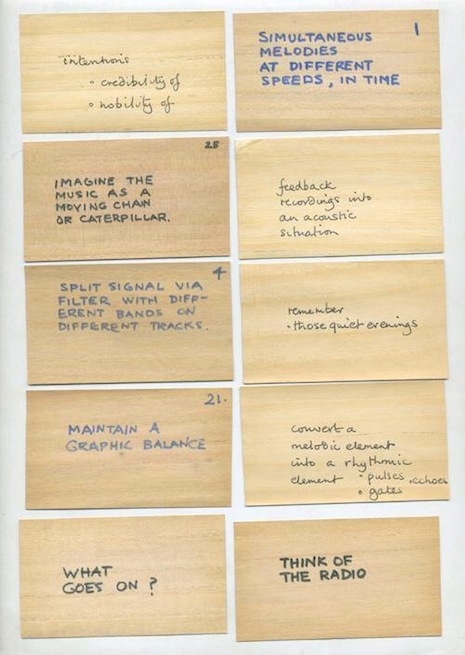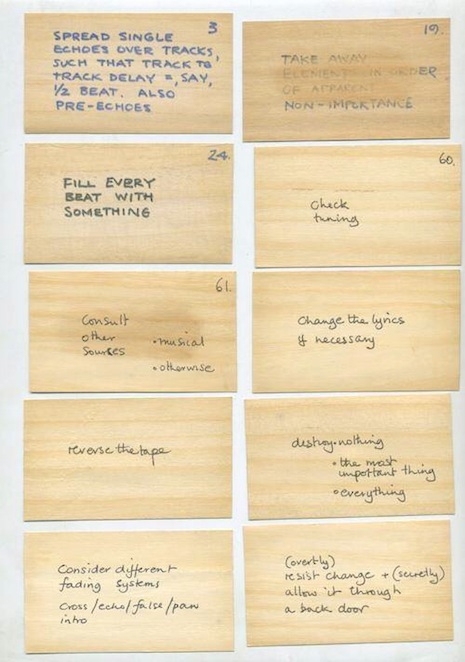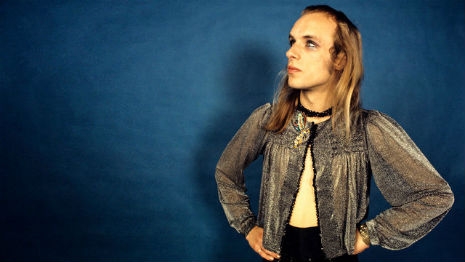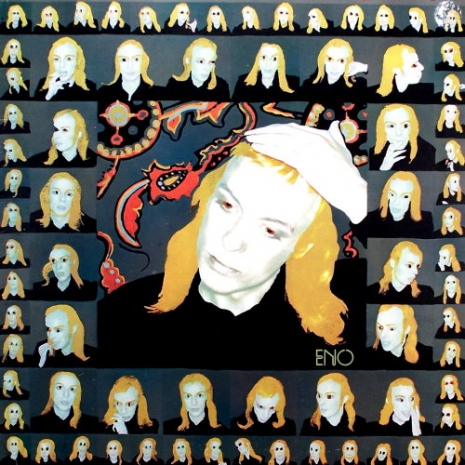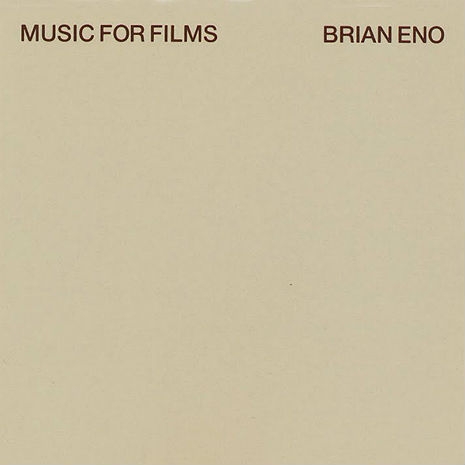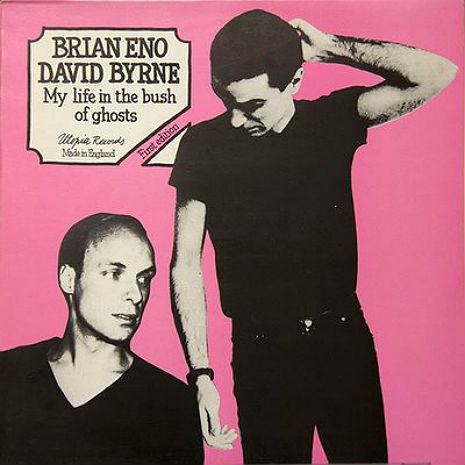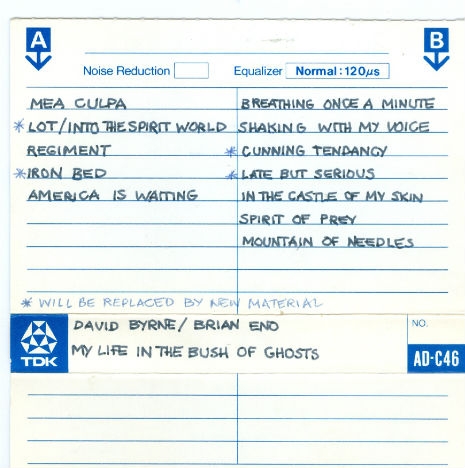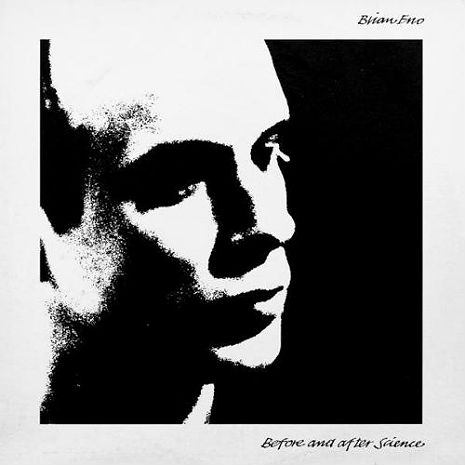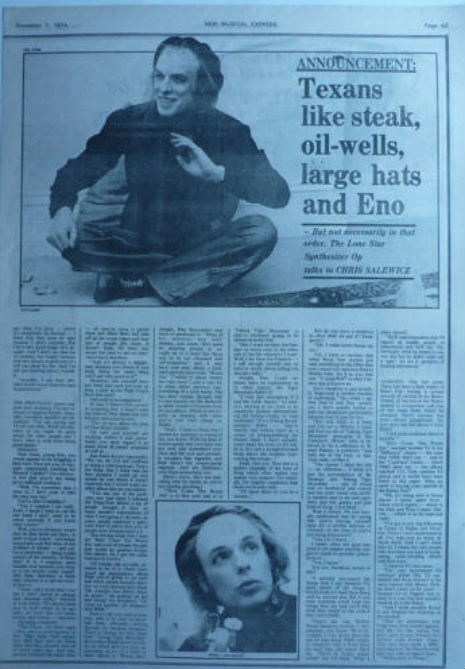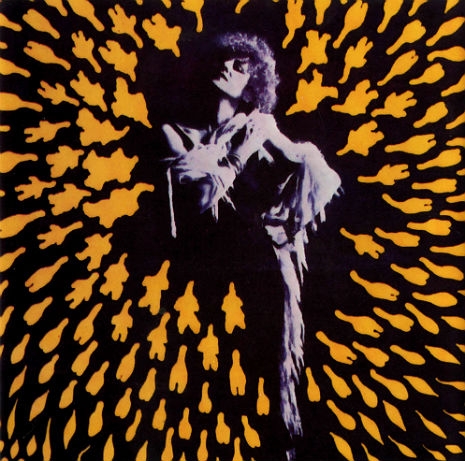
When she died of a heart attack in 1999 at the age of 68, her obituary in The Independent called “Lady” June Campbell Cramer “a great British eccentric and cosmic prankster.” That’s already a pretty good claim to fame, but the obit went on to say that her “most achieved performance was herself: she succeeded in turning her existence into living art, bristling with humour.”
“Lady” June—the honorary title given to her due to her upper-crust, aristocratic voice (she sounded like a stoned Judi Dench) and the fact that she was the de facto landlady of many a progressive musician from the Canterbury set—was a sort of free-spirited hippie bohemian poetess and multimedia performance artist who ran with the crowd that included Gong and Soft Machine, who she first met in Spain in the early 1960s.
According to Daevid Allen, who was in both groups, June’s Maida Vale flat was “London’s premier smoking salon”:
“She was ferocious in the mornings until the first joint arrived: she’d hover over you with a wet cloth demanding that you clean the stove.”
Gilli Smyth of Gong, Allen’s wife, was her best friend, and it was at a dual birthday party June threw for herself and Smyth that a drunken Robert Wyatt fell out of a window, falling four stories and leaving him paralyzed from the waist down.
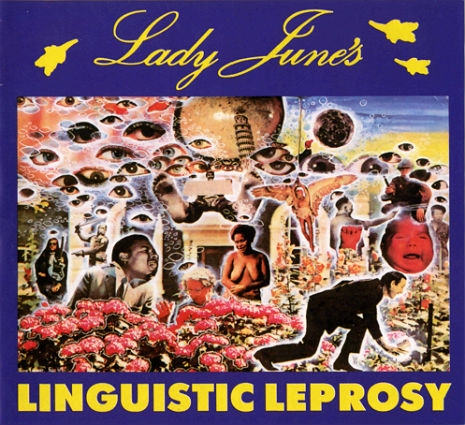
In 1973, June took part in the chaotic BBC Radio 4 series If It’s Wednesday It Must Be… with Kenny Everett and former Bonzo Dog Band member Vivian Stanshall. Later that year she recorded Lady June’s Linguistic Leprosy, her surrealist poetry set to music by her longtime friend (and longtime tenant) Kevin Ayers and Brian Eno, who lived nearby. The recording was made in the front room of her apartment (along with Gong’s drummer Pip Pyle and David Vorhaus of White Noise) and is said to have cost just £400. A wary Caroline Records—a Virgin subsidiary set up to release things with little to no commercial potential in the first place—pressed up just 5000 copies, but the album sold out quickly when news of her famous collaborators got around. June performed on bills along with Gong, Hawkwind, The Pink Fairies and Hatfield and the North.
“Lady” June Campbell Cramer returned to Spain in 1975 and became an active and creatively fulfilled participant in the artists’ community of Deya in Majorca. It is primarily for the company she kept—and this one remarkable album—that we remember her today. Lady June’s Linguistic Leprosy was re-issued on CD in 2007 by Market Square.
“Everythingsnothing”/“Tunion”
“The Letter”
“Tourisy”/“Am I”
“To Whom It May Concern”
“Some Day Silly Twenty Three”
“Missing Person,” a gorgeous number from a 1984 French various artists release entitled History of Jazz.








